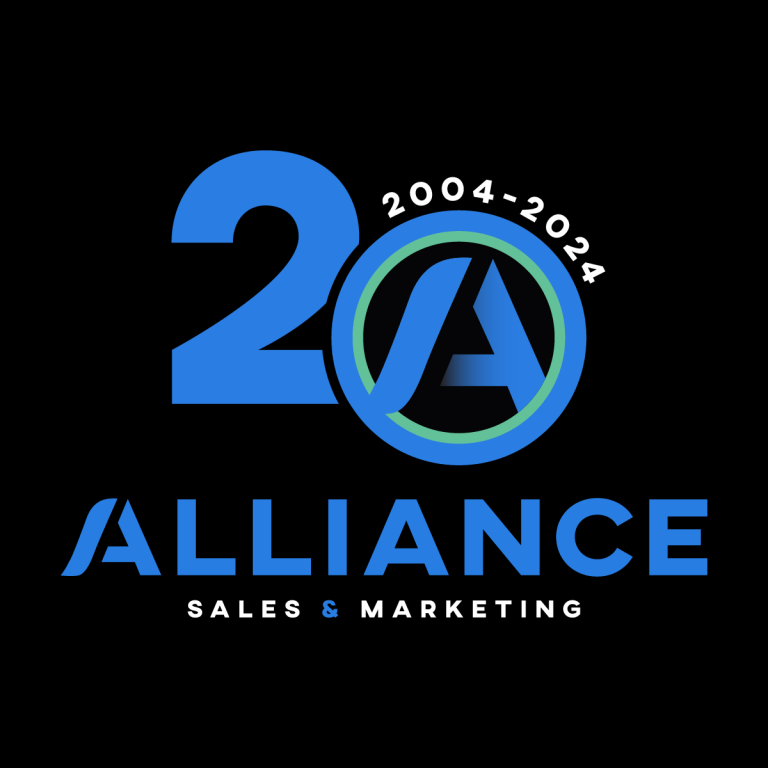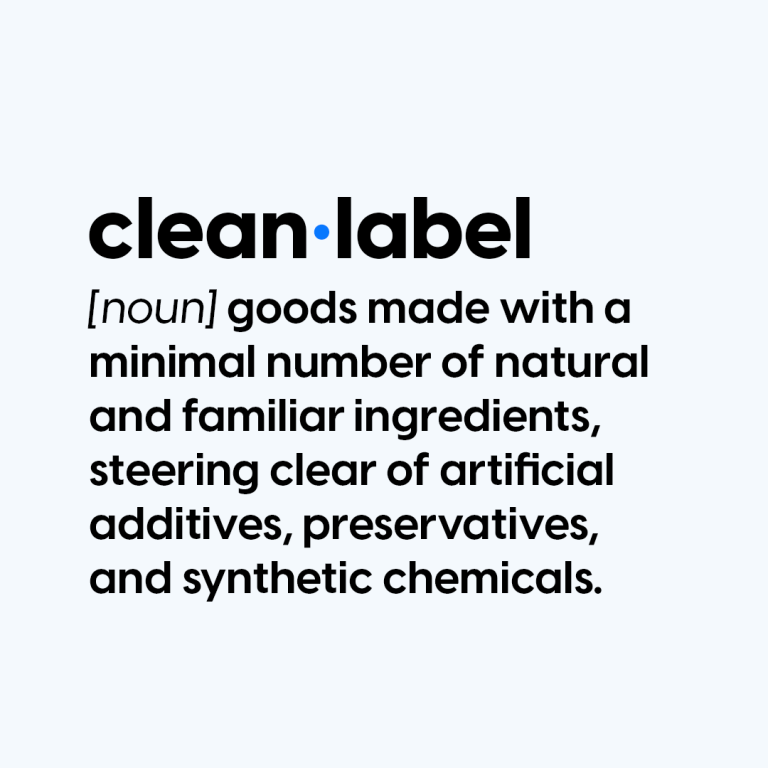
Whether you are a new-and-emerging brand or a traditional family favorite, it’s hard to stand out in today’s landscape of ever-changing shopping habits and shifting consumer trends. As a brand, how should you measure success to determine if you’re on the right track for long-term growth?
According to Nielsen, 30,000 new consumer packaged goods launch each year, and of those, only 15 percent survive their first few years of business. As a company, you must constantly be planning your next move while always being ready to pivot.
Most people in the industry equate success to dollar sales and market share. But with more and more new brands emerging each year and the explosion of the direct-to-consumer market, hitting over $100M+ sales in a year isn’t feasible for everyone.
According to IRI’s New Product Pacesetters report, only seven new brands out of thousands hit $100M in sales in year one, but of the thousands that didn’t, at least a fourth of them hit that number in their second year. Why? Because most new brands are innovative and can adapt easily, they just need time to grow distribution and invest in brand-building tactics.
Whether you’re a startup or a legacy brand, driving incremental units and growing your share of shelf are always going to be your main KPIs, but solely monitoring these metrics doesn’t guarantee success. Whether you’re reviewing sales for the quarter or the year, consider the following:
Review Your Marketing Mix
Look at the demographics and data points collected from your website and marketing campaigns, are you reaching your target consumer at various touchpoints across their shopping journey? Developing an omnichannel marketing strategy ensures that you’re not missing out on sales or key brand-building moments.
Build an Innovative Pipeline Based on Consumer Data and Trends
As shoppers’ values and needs change over time, the brands they reach for on-shelf change as well. Stacking your pipeline with new products keeps a brand fresh and relevant.
Review Supply Chains to Ensure Profitability
Can you utilize new packaging that is less costly and more sustainable? Adapting to be more eco-friendly is a win-win.
Analyze your Social Media Approach
Monitor engagement rates from previous posts and campaigns to determine if your content is resonating with audiences. Staying on top of cultural trends while remaining authentic to your brand is critical to social media success.
Monitor Market Share
Of course, if you are losing market share there are likely many factors at play but consider conducting consumer research to understand why consumers aren’t buying your product. Using a mix of qualitative and quantitative data, refine your brand based on the findings.
Future-Proof Your Brand
Because the COVID-19 pandemic permanently shifted consumer demands and behavior, it is now more important than ever that CPG brands think of long-term solutions to stay ahead of the game.
Think about it, how many brands struggled during the peak months of the pandemic? Brands that were not prepared with online shopping and contactless delivery options, struggled to catch up with brands that already had some sort of ecommerce solution in play.
According to McKinsey & Company, to create a future-proof, winning strategy requires revisiting these three predictive growth elements:
- Predict: Consider the growth goals you want to target and forecast what success looks like for those goals.
- Rebound and Transform: Consider the types of measures you will use to drive profitable growth. Think about where to invest given the shifting consumer behaviors.
- Sustain: Consider what operating models to modify to sustain profitability.
While you can’t predict the future, you can think of elements to future-proof your brand. Get ahead of the curve by putting these steps into action.
Get Started Today.






